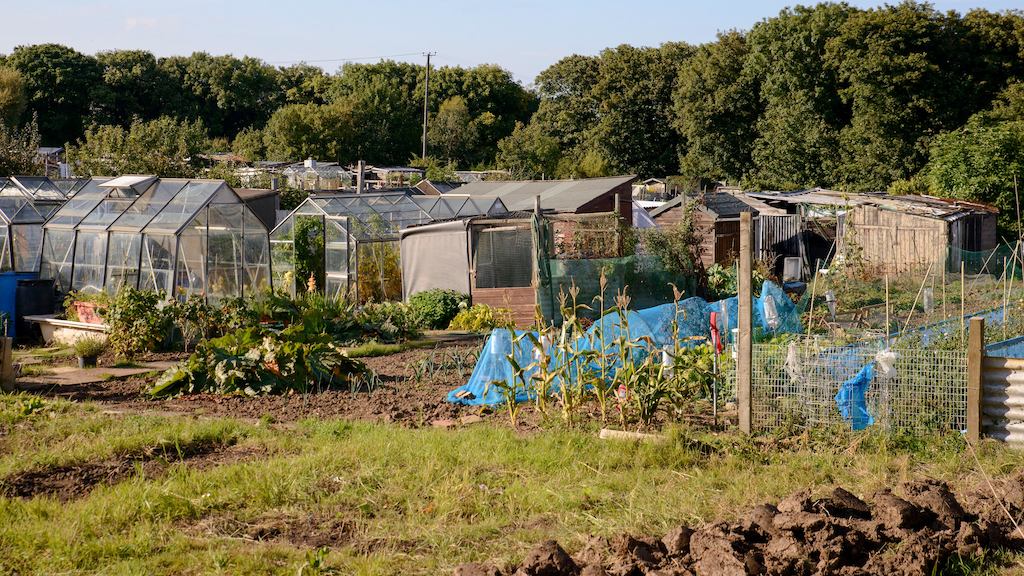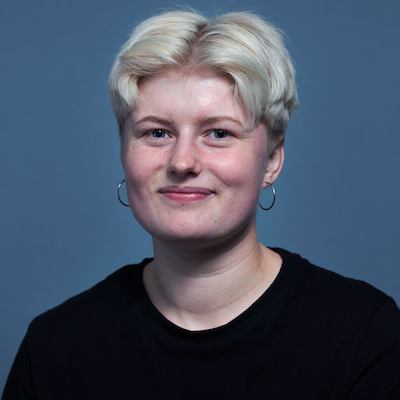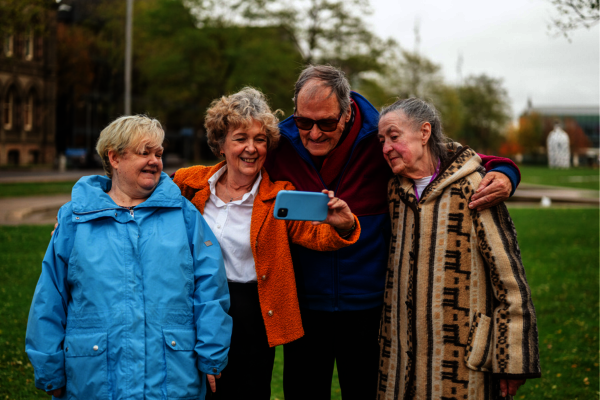‘It’s a space where explanations are not needed,’ Ted tells me. ‘An instinctive knowledge of who we are.’
Ted Jacobs was born in Cape Town, South Africa, but moved to London when he was 25. A gay man, he’d been bullied by his family, and came to the capital to get away and understand himself better but in fact ended up leading a ‘double-life’: a ‘respectable’ medical professional by day, frequenting the bars of Soho by night.
Ted is in his early 80s now. Single and without children, he moved back to South Africa when he retired, thinking he would find his place there. But although some people were very welcoming, he still felt displaced and so he returned to London.
That’s when he found out about Tonic Living, a London-based project to create inclusive LGBT+ retirement communities. ‘It was a revelation,’ he says. Now Ted is a member of Tonic’s Community Panel, and part of a community of older LGBT+ people in London. LGBT+ retirement housing of the kind that Tonic is working to create would, he says, offer a safe space for living with people from a variety of backgrounds who have had similar experiences to him.
Ted’s story is a familiar one. Many of those who were among the first to ‘come out’ or live as lesbians or gay men in the second half of the 20th century are now approaching – if not well into – retirement age, and their needs in later life are often very different to those of their heterosexual peers.
Lesbian, gay and bisexual people over the age of 55 are more likely to be single, more likely to live alone, and less likely to have children – meaning they can’t rely on the traditional household structures we often assume will support us as we grow older. Indeed, LGB people are twice as likely to rely on external services for health, social care and support.


